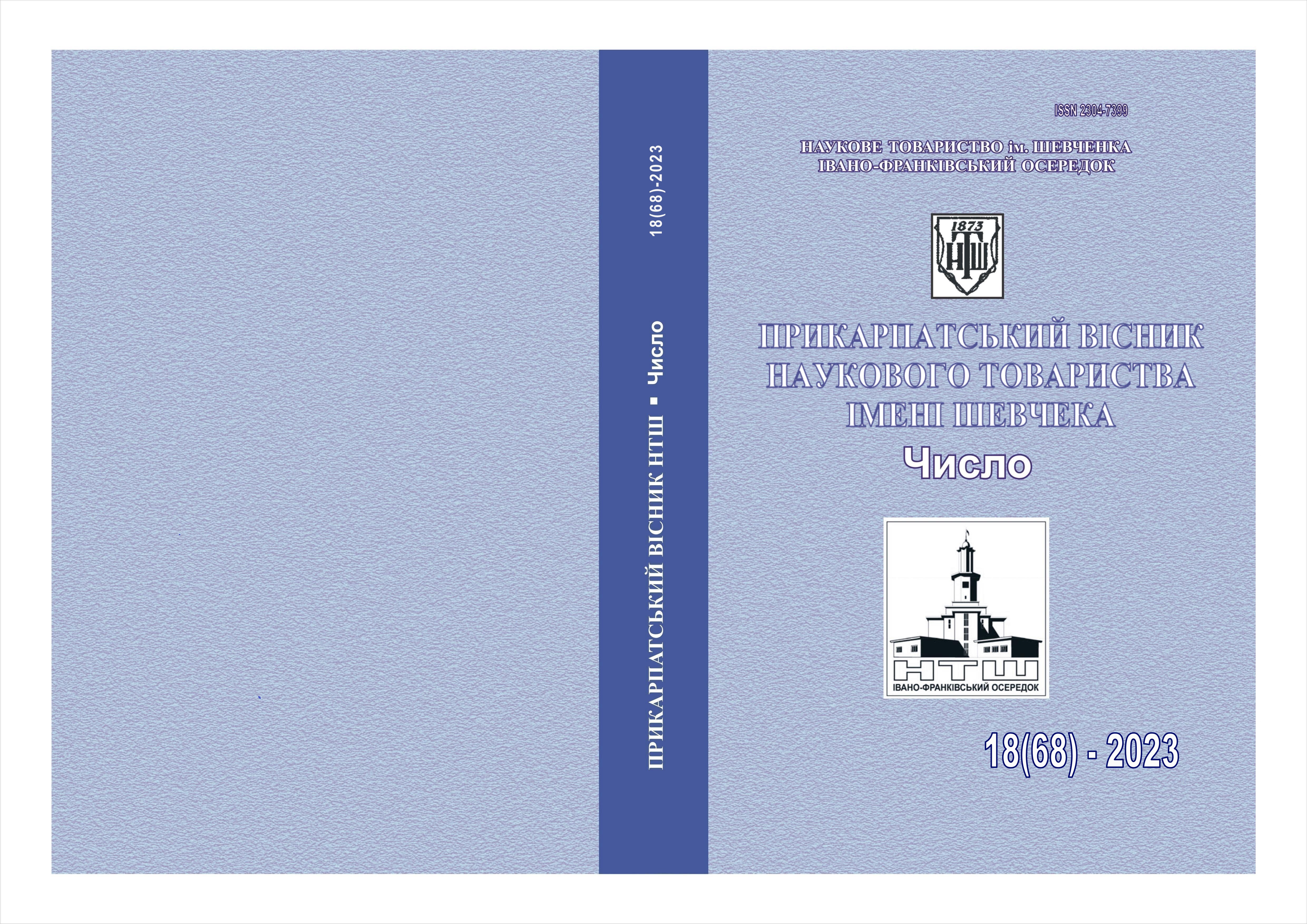ANALYSIS OF ACCIDENT RISK IN THE OPERATION OF OIL AND GAS TRANSPORT SYSTEMS
DOI:
https://doi.org/10.31471/2304-7399-2023-18(68)-182-190Keywords:
gas pipeline, accidental risk, hazard analysis.Abstract
An analysis of the dangers and risks of accidents during the operation of oil and gas transport systems was carried out. The definition of the accident is given, as well as the reasons for its occurrence on gas pipelines. What factors cause the failure of main gas pipelines, and what harmful factors are formed at the same time, are given. It is shown that the energy of the compressed gas is realized in the form of compression air waves, and the second wave is always shifted in time relative to the first for the period of the positive compression phase. The energy potential of the explosion is expressed in terms of the TNT equivalent of the explosive substance. The formula for the TNT equivalent, which doubles when the gas pipeline breaks, is given. It is shown that one of the factors of damage to people, structures, buildings, and technical equipment in case of failure of main gas pipelines is a shock wave. The formula for determining the safe distance from the impact of a shock wave is given. The main factors and consequences of gas burning on main gas pipelines immediately after the accident or after some time are given. Sources of gas ignition are given. The scope of consequences from the destruction of main gas pipelines, the sources of the formation of fragments in case of mechanical damage to gas pipelines are given. An analysis of the destruction of gas pipelines with the formation of fragments and their flight range is given. The dimensions of gas-contaminated zones of atmospheric air are given, as well as the influence of natural factors on the dimensions of these zones. The possibility of toxic damage to people from a specific emergency situation is shown. A formula is given for determining the magnitude of the risk in case of gas ingress into closed rooms, during its underground migration. Calculations of risks in the design of the main gas pipeline Ananyiv-Izmail are given. It is shown that the natural factors affecting the operation of main gas pipelines can be evaluated by the intensity of the action using the danger index. It is necessary to assess the scale of the accident according to the most severe situations.
References
Постанова КМУ від 11 липня 2002 г.№ 956 «Про ідентифікацію та декларування безпеки об'єктів підвищеної небезпеки».
Семчук Я. М. Аналіз сучасного стану досліджень надійності магістральних нафтогазопроводів та причин і умов їх відмови / Семчук Я. М., Говдяк Р. Н., Кривенко Г. Н., Дрогомирецький Я. Н. // Розвідка та розробка нафтових і газових родовищ. – 2001. – №38. – С. 159-166.
Семчук Я. М. Технічний та екологічний ризик при експлуатації магістральних трубопроводів / Семчук Я. М., Говдяк Р. М., Кривенко Г. М., Гораль Л. Т. // Розвідка та розробка нафтових і газових родовищ. – 2001. – №1. – С. 68-71.
ДНАОП 000-8-22-02. Методика визначення ризиків та їх прийнятих рівнів для декларування безпеки об’єктів підвищеної небезпеки.


